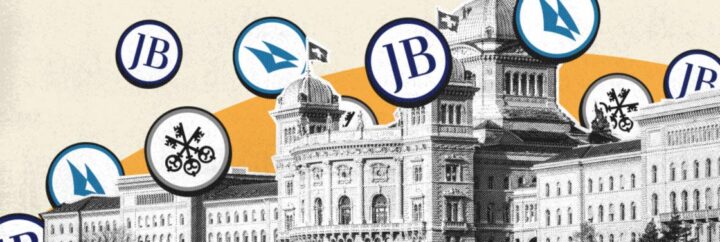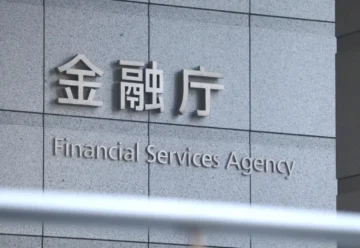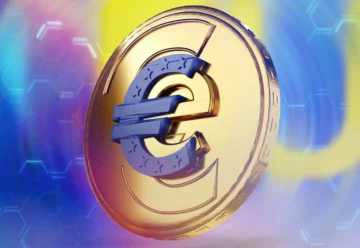Swiss Banks Consider Deposit Tokens as Alternative to Stablecoins

The Swiss Bankers Association plans to support the development of the country’s digital economy by using Swiss franc “joint” deposit tokens.
The Swiss Bankers Association (SBA) sees deposit tokens as a more efficient, generally accepted, and secure alternative to stablecoins. This is stated in an information paper released by the SBA.
The paper’s authors insist that a deposit token “issued by regulated and adequately supervised intermediaries” could be the most secure DLT-based payment medium, with the greatest potential for the Swiss digital economy.
The document defines three options for deposit token design:
- Standardized. Tokens with a uniform standard that can be issued by any commercial bank.
- Colored. Tokens that have any standard chosen by the issuing commercial bank.
- Joint. Tokens issued by a licensed and supervised special purpose vehicle consisting of participating banks.
The latter is the design option that the SBA members consider most appropriate for the economy because “joint” tokens will have a higher level of flexibility. This will reduce commission costs, and users will be able to earn interest for storing such tokens in bank accounts.
The initiative was supported by Switzerland’s largest banks:
- UBS;
- Credit Suisse;
- Julius Baer.
The paper also emphasizes that deposit tokens should operate on a public blockchain, and additional protocols will only ensure “sufficient privacy and transaction efficiency.” Ideally, according to the SBA, layer-2 solutions should be used to create efficient tokens. This would allow using these kinds of tokens in decentralized finance (DeFi) apps.
The concept of deposit tokens emerged as part of the development of technology standards for the interoperability of digital assets with the traditional financial system. This was conducted by the Monetary Authority of Singapore, with the participation of large commercial banks, as part of Project Guardian. Analysts at JPMorgan Chase later proposed that deposit tokens should be considered a foundation for “stable digital money.”











